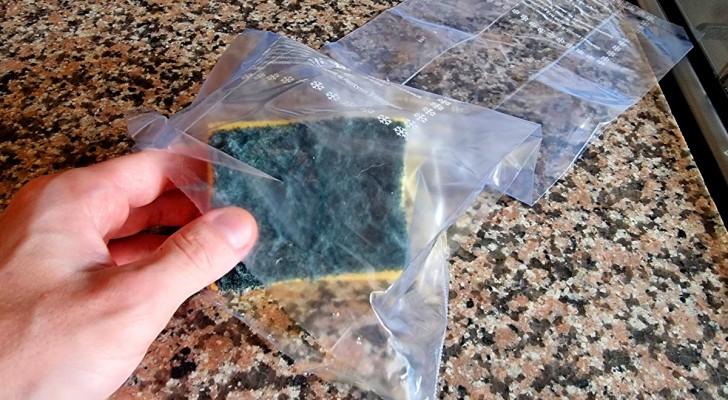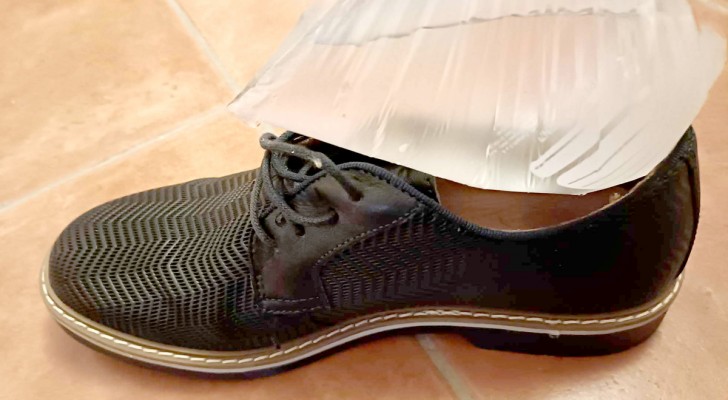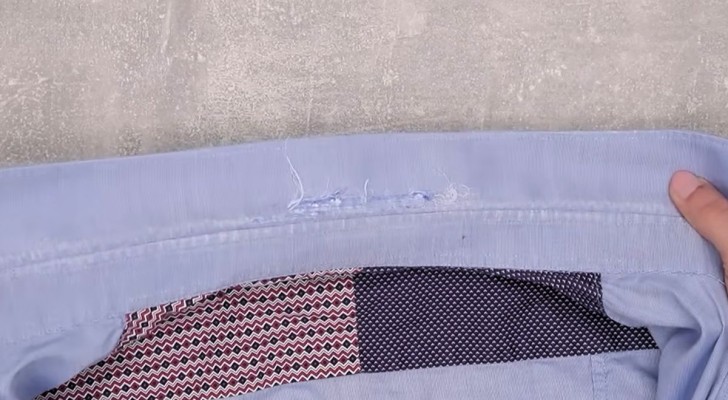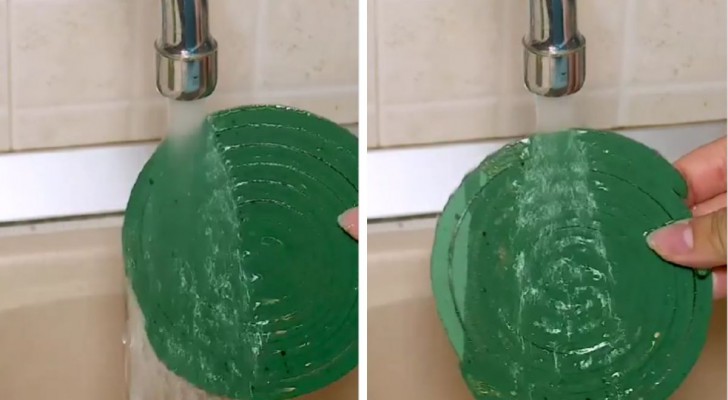Make the garage environment more comfortable by thermally insulating the door: find out how here

Garages are usually closed to the outside by large metal doors with different methods of opening. These certainly offer a barrier against the winds and protect the home's security, but they do not do much to prevent heat loss - which is why garages are often cold environments in winter and very hot in summer. When it comes to an overhead door, rather than a shutter that rolls up into a housing, it is however possible to thermally insulate them with an inexpensive DIY project.
Thermally insulating the inside of the garage door will ensure that the area remains much warmer in winter (even by 5 or 6 degrees), and significantly cooler in summer (with an temperature differential of up to 10 degrees compared to the outside). The insulation, then, also works on an acoustic level, dampening both the noises coming from the outside and those that we can generate ourselves inside. In this way, if the garage is also used to carry out some activities as well as being a space in which to park cars or store various objects, it will be much more comfortable throughout the year.
The simplest method to insulate a garage is to use special kits, made of polystyrene panels or various types of rigid foams and coated on one side with aluminum, which are cut out and fixed in the boxes on the inside of the door (often they are characterized from the abbreviations EPS, XPS, ISO). Some kits also contain all the accessory tools (ribbons, cutters, gloves, masks, and the like) you need to mount them, but they cost a little more.
If possible, look for those that still contain the hooks to conveniently fix each panel to the metal surface of the door: they are plates that are fixed to the door and to which the various pieces of insulating material are hooked. In any case, also equip yourself with an adhesive that is suitable for foam, so as to seal each panel well and prevent them from wobbling or detaching from the door.
Then there are thermal coatings in glass fiber, rock wool (i.e. any fibrous material formed by spinning or drawing molten mineral or rock materials such as slag and ceramics), or ceramic fibers. Even these, which are sometimes purchased in rolls, can be fine for the job, as long as they are coated with aluminum on one side.
Other useful tips:
- Consider replacing the rubber seal on the underside of the garage when installing the thermal liner.
- Also insulate the door frames with the adhesive seals against drafts.
- When cutting panels / rolls of insulating material, and when you handle them to mount them on the door, always use gloves and a face protector / respirator / mask to avoid inhaling and touching harmful substances.
It's definitely worth considering spending a weekend insulating the garage, isn't it, don't you think?





